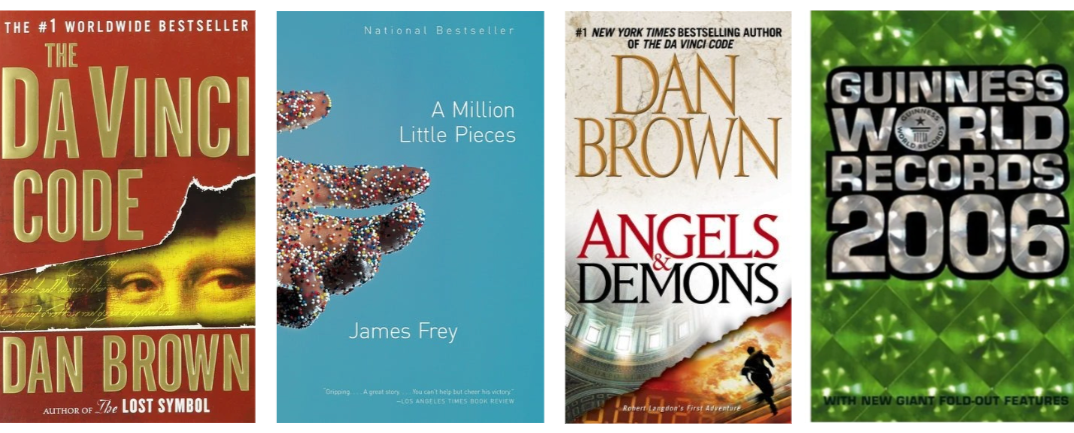A new, free study about the interest of Canadian readers in diverse literature is here. The On Diversity: A Survey of Canadian Readers 2021 report includes insights about the ways readers discover diverse books, what they consider to be a diverse author or title, their perceptions of diversity in the publishing industry, the topics they want to see more often in the books they read, and much more.
Below we’ll share some of the report’s highlights, but you can read and download your own copy of the whole report here.
Before we jump into the nitty-gritty, here are some context and language considerations we’d like you to keep in mind.
The study’s survey was fielded in January 2021 to 1,306 English-speaking Canadians over the age of 18, located throughout Canada, and representative of the Canadian population based on age, gender, and geographical region.
In this survey, we introduce the term “non-dominant identity.” This term serves as an umbrella to include one or more of Blackness, Indigeneity, gender, sexuality, disability, neurodiversity, class, family structure, age, religion, language, or other identities that are generally poorly represented or not advantaged. In the spirit of inclusion, we didn’t want to limit what could or couldn’t be included within the term so it was up to the respondent to decide if they wanted to identify as such — 41% of respondents said they always or sometimes classify themselves as belonging to a non-dominant identity.
Diversity in books
As part of the study, we wanted to find out what respondents consider to be diverse books. For comparison purposes, we split the responses from readers as a whole vs. readers who belong to a non-dominant identity.
Although the responses from readers and readers who belong to a non-dominant identity are very close, the second group generally agreed less with all the proposed definitions of diverse books.
In a section about #OwnVoices, we proposed three statements to respondents and asked them if they agreed, sometimes agreed, disagreed, or were unsure. 94% of respondents agreed or sometimes agreed that “Books should be representative of a variety of experiences”, the same was true for 72% of respondents about the statement “Books about a group/culture should be written by people from that group”, and for the statement “Authors should write from their lived experience” at 68%.
Consumption of diverse books
Did respondents read more diverse books last year? Mainly, yes — 17% of respondents said they had and 31% said they sometimes had read more. For the 41% of readers who belong to a non-dominant identity, a higher proportion said both that they had (25%) or sometimes had (38%).
When it comes to age groups, most readers who read more diverse books in the past year mostly fall into the 18-29 and 30-44 age groups (32% and 31% respectively). The age group with the lowest interest in diverse books are those 55-64 years old.
But where did readers acquire the books they read? 55% of respondents report having bought books in person, 52% borrowed books — from the library, friends, etc. — and 51% bought books online.
We also learned that 18% of readers bought from places that explicitly share their values, 41% sometimes align their values with their purchasing, and 15% are unsure, either of their own values or of those of the stores they shop at.
Discovering new reads
Word of mouth, online, and in-person browsing are the top three ways in which respondents discovered books. As seen in the graph below, the previous statement is especially true for readers who read more diverse books last year — discovery of books thanks to someone’s suggestion was tied with online browsing at 51%, followed by in-person browsing at 44%.
What readers want
When asked about what readers, in general, wanted to see more of in the books they read, the top five ranking topics were:
Mental health challenges (46%)
Multi-cultural or immigrant experiences (46%)
Working class (45%)
Across ages or multi-generational (44%)
Rural or urban area living (42%)
The list changes when we switch the focus to the responses on just the readers who read more diverse books.
Across ages or multi-generational (58%)
Migrant or non-resident status (57%)
Neurodiverse/neurodivergent (55%)
Larger body size (52%)
Unconventional appearance (51%)
Of note, 86% of readers agree with the statement “Libraries should have more books by a greater variety of authors”, the same was true for a similar statement but focused on bookstores or retailers (85%), and on publishers (86%).
Download or read the On Diversity: A Survey of Canadian Readers 2021 report below to learn even more about readers and their interest in diverse books.



















The latest news out of the European Commission.